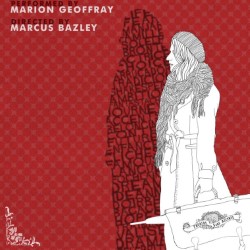Introduced by the Institut francais d’Ecosse, a historic partner of the Fringe Festival, Lost in Translation is the first production of the emerging Company Theatre Sans Accents, based in Edinburgh. Created by Marion Geoffray, a young French performer and drama teacher, the play raises the issue of crossing new boundaries through languages and cultures. With a limited scenography but with full energy and humour, the artist confronts the audience with her hectic journey towards a new hybrid identity, finding home in Scotland.
From her childhood in the South of France through to London and finally Edinburgh, Marion mixes personal anecdotes with references to pop music and classic literature paving her way to her present self. Confronting languages, from the French patois Occitan to British regional accents and Gaelic, the performer intentionally brings confusion to the audience as a means to explore and share the intrinsic thought process involved in learning a new language. Without avoiding clichés of regional idiosyncrasies, she manages to express the identical dimension of cross-cultural communication and, sometimes almost explosively, the feeling of disorientation she has faced.
The show is slow to catch us, as the performer deliberately speaks a language no one in the room understands. Changing moods and mental places add to the confusion, but the audience, gradually understands her intentions to share the struggle. This results in invigorating effects, especially when one member of the audience is invited on stage to perform a small exchange.
Overall, the ambition to expose the audience to a sensory chaotic experience of language and identity is mostly efficient and thought-provoking. The intentions are definitely honorable and the performance is relevant to communicate the experience of alienation, but also fun and pleasure.
However, as the personal anecdotes build up in chronological order, the lack of fluidity sometimes also restricts a more nourishing and deeper artistic journey for the public. And even though the second part involves interesting interactions with the audience as a game of Q & A about British accents and Gaelic, it actually feels more educational than properly creative.
